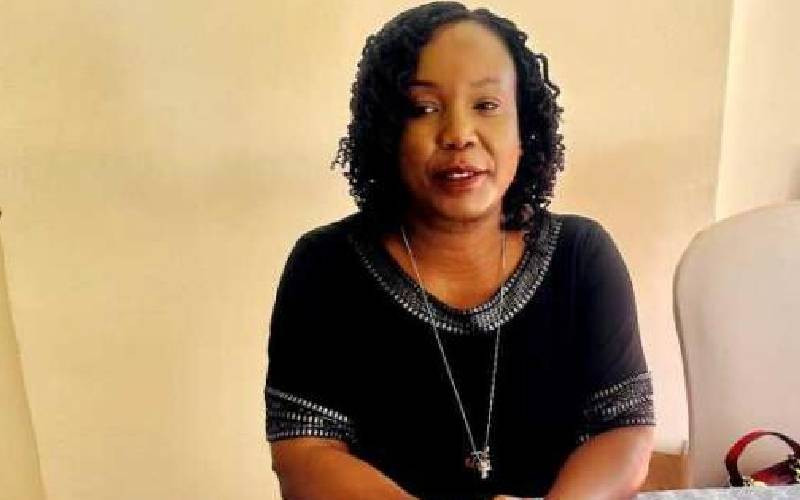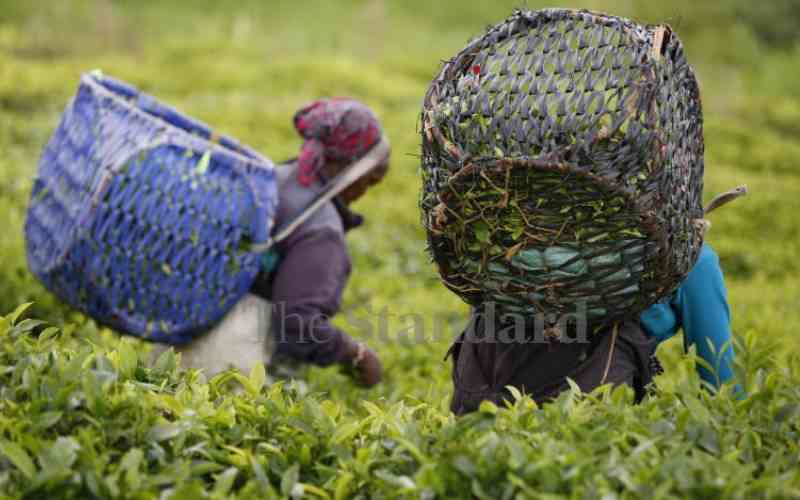Drought denied the economy a whopping Sh1.2 trillion ($12.1 billion) between 2008 and 2011.
This is slightly over 20 per cent of the country’s gross domestic product (GDP), or the total value of goods produced by the country.
Speaking during the launch of the sixth drought disaster resilience and sustainability initiative (IDDRSI), Devolution Cabinet Secretary Mwangi Kiunjuri noted that besides the immense human suffering caused by drought, the economic cost of drought is also enormous.
“In the Horn of Africa, more than 13 million people were affected in 2011 by a combination of drought, conflict and economic crisis,” said Kiunjuri in a speech read on his behalf by Kenya’s ambassador to the African Union (AU) and Inter-governmental Authority on Development (AU), Catherine Mwangi.
The International Livestock Research Institute (ILRI) estimates in its annual report that of the Sh1.2 trillion loss, 27 per cent of it, or $3.3 billion (Sh337 billion), occurred in the livestock sector.
Kenya is in the process of setting up a National Drought Contingency Fund (NDCF) contingency fund to ensure early response to drought, according to Kiunjuri.
Ms Mwangi, however, could not disclose how much has been put into this fund so far.
Kenya is also in the process of establishing a national livestock insurance scheme and a livestock evaluation system that will make it easier for pastoralists to access credit.
Already, there is an insurance product tailored for livestock farmers. Dubbed the index-based insurance (IBLI), the insurance does not rely on physical evidence of loss by the insured but rather on the satellite https://cdn.standardmedia.co.ke/images showing state of vegetation in the region.
“By April 2015, this pilot project had sold more than 10,000 policies and paid policyholders nearly $150,000 (Sh15.3 million). So far, about 18 donors and 106 partners have invested about $2.5 billion (Sh255 billion) in drought and disaster resilience projects with Marsabit, Turkana and Wajir taking up the lion's share of the investments. A total of 25 counties, most of them in the ASALs, have benefited from these funds.
Ambassador Mahboub Maalim, the chairperson of IGAD, noted that as a result of some resilient initiatives put in place by Kenya, the country for the first time was able to deal with drought without seeking international aid.
Nonetheless, Kenya’s agricultural output in 2014 was dampened by drought. According to the Economic Survey 2015, rainfall amounts received during the 2014 long rains were depressed over most parts of the country, with most stations recording rainfall less than 75 per cent of their seasonal Long Term Means (LTMs) for March to May.
The survey adds the worst conditions were observed over North western, Nairobi area and parts of central Rift Valley (Narok) where several meteorological stations recorded less than 50 per cent of their LTMs. The erratic rains saw the agricultural sector record a not-so-good performance in 2014 as production in some crops as well as pasture regeneration for livestock took a hit.
 The Standard Group Plc is a multi-media organization with investments in media
platforms spanning newspaper print operations, television, radio broadcasting,
digital and online services. The Standard Group is recognized as a leading
multi-media house in Kenya with a key influence in matters of national and
international interest.
The Standard Group Plc is a multi-media organization with investments in media
platforms spanning newspaper print operations, television, radio broadcasting,
digital and online services. The Standard Group is recognized as a leading
multi-media house in Kenya with a key influence in matters of national and
international interest.
 The Standard Group Plc is a multi-media organization with investments in media
platforms spanning newspaper print operations, television, radio broadcasting,
digital and online services. The Standard Group is recognized as a leading
multi-media house in Kenya with a key influence in matters of national and
international interest.
The Standard Group Plc is a multi-media organization with investments in media
platforms spanning newspaper print operations, television, radio broadcasting,
digital and online services. The Standard Group is recognized as a leading
multi-media house in Kenya with a key influence in matters of national and
international interest.









